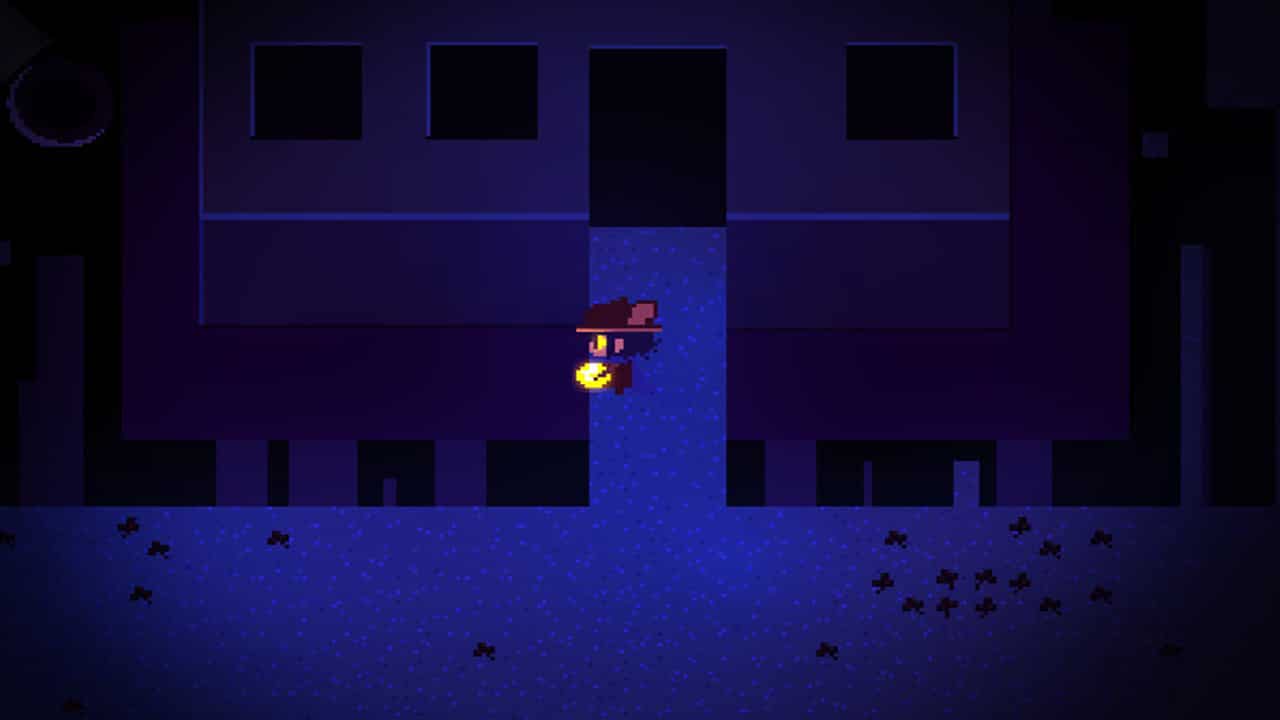

You create a oneshot service like any other service. Webinar: Synchronize and manage container-based applications across multiple cl….A practical introduction to container terminology.The simplicity of the example aside, there's significant potential for this capability. On a system start, the service above will echo First, Second, Third, and on a shutdown event, it will echo Fourth, Fifth, Sixth. For example, a oneshot service could chain several commands like this: ĭescription=A oneshot service with many start and stop execs One of the most powerful benefits of a oneshot service is chaining multiple ExecStart and ExecStop parameters. This can have downstream effects on dependent services since the service never actually transitions to an active state. Defaults to no.Įssentially, if RemainAfterExit=no is left unspecified when the service runs, the state becomes inactive (dead). Takes a boolean value that specifies whether the service shall be considered active even when all its processes exited. But what does RemainAfterExit do? The man page isn't exactly useful: The simplest oneshot service might look something like this: ĮxecStart=/bin/bash -c "echo Hello world" The link is read during startup and started in the appropriate order.įor more details on the available parameters, I encourage you to dig into the rvice man page. When a service is enabled, it adds a symbolic link to a directory. That section is only used when you enable a service with systemctl enable. The block usually includes the WantedBy parameter and occasionally a RequiredBy parameter. This section hosts the Type parameter, which is where a oneshot service type would be specified. Parameters such as the start and reload commands and whether PrivateTmp is used are specified here. The block contains all of the service-specific configurations. The block defines information that isn't dependent on the type of story. This might happen when running `nginx -t` from the cmdline.ĮxecStartPre=/usr/bin/rm -f /run/nginx.pidĮvery service must have a block, and the and sections are common. # Nginx will fail to start if /run/nginx.pid already exists but has the wrong Here is a service file for Nginx located at /usr/lib/systemd/system/rvice: ĭescription=The nginx HTTP and reverse proxy serverĪfter=network-online.target remote-fs.target nss-lookup.target What's in a service file?īefore I get into using oneshot, I'll show what a service file looks like. The oneshot service can be useful in many different situations. Or maybe you want to run a very specific system health check to ensure a complex system on the server started up correctly. Perhaps you want to make a one-time call to a service and set its value in an environment variable. In particular this means that after a service of this type ran (and which has RemainAfterExit= not set) it will not show up as started afterwards, but as dead.Ī great example of using a oneshot service is to build it into a golden image and hook it into the startup process to perform a specific action. Note that if this option is used without RemainAfterExit= the service will never enter "active" unit state, but directly transition from "activating" to "deactivating" or "dead" since no process is configured that shall run continuously. Type=oneshot is the implied default if neither Type= nor ExecStart= are specified. RemainAfterExit= is particularly useful for this type of service. behavior of oneshot is similar to simple however, the service manager will consider the unit up after the main process exits. The rvice man page goes into more detail about each service type. It's also a great service to run as a shutdown hook. If you were to use a simple service type, you would end up with a dead service status after the script runs and exits, which is misleading for anyone who doesn't have knowledge of that particular service.

You only have oneshot guide series#
The oneshot service type is useful if you want to trigger a workflow but need to do some setup first or have a series of sequential standalone tasks. Cheat sheet: Old Linux commands and their modern replacements.Linux system administration skills assessment.

A guide to installing applications on Linux.
You only have oneshot guide download#


 0 kommentar(er)
0 kommentar(er)
